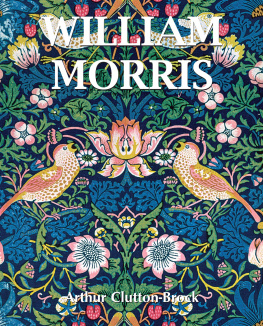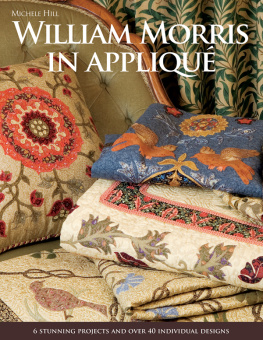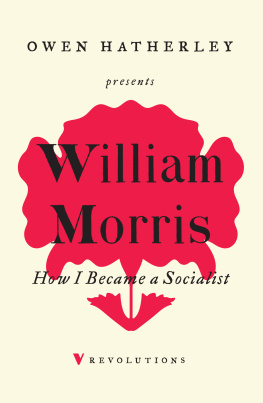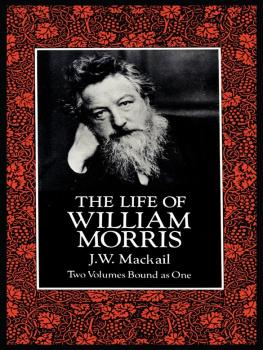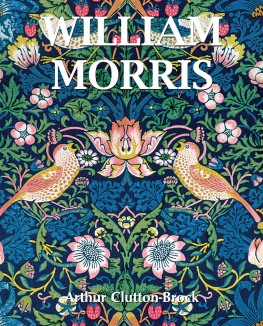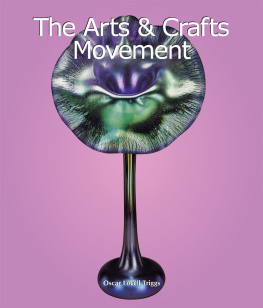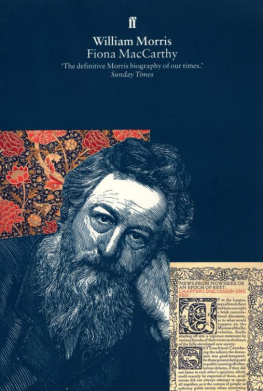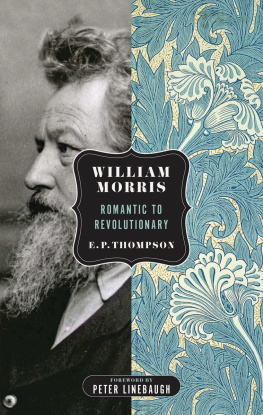Author: Arthur Clutton-Brock
Layout:
Baseline Co. Ltd
61A-63A Vo Van Tan Street
4 th Floor
District 3, Ho Chi Minh City
Vietnam
Confidential Concepts, worldwide, USA
Parkstone Press International, New York, USA
Image-Bar www.image-bar.com
All rights reserved
No part of this publication may be reproduced or adapted without the permission of the copyright holder, throughout the world. Unless otherwise specified, copyright on the works reproduced lies with the respective photographers.
Despite intensive research, it has not always been possible to establish copyright ownership. Where this is the case, we would appreciate notification.
ISBN: 978-1-78310-764-3
Editor s Note
Out of respect to the author s original work, this text has not been corrected or updated, particularly regarding attribution, dates, and the current locations of works. These were uncertain at the time of the text s first publication, and sometimes remain so to this day. The information in the captions, however, has been updated.
Arthur Clutton-Brock
William


Contents

1. Cosmo Rowe, Portrait of William Morris, c. 1895.
Oil on canvas. Wightwick Manor, Staffordshire.
Introduction
From the middle of the nineteenth century to the beginning of the twentieth century, we have passed through a period of aesthetic discontent which continues and which is distinct from the many kinds of discontent by which men have been troubled in former ages. No doubt aesthetic discontent has existed before; men have often complained that the art of their own time was inferior to the art of the past; but they have never before been so conscious of this inferiority or felt that it was a reproach to their civilisation and a symptom of some disease affecting the whole of their society. We, powerful in many things beyond any past generation of men, feel that in this one respect we are more impotent than many tribes of savages. We can make things such as men have never made before; but we cannot express any feelings of our own in the making of them, and the vast new world of cities which we have made and are making so rapidly, seems to us, compared with the little slow-built cities of the past, either blankly inexpressive or pompously expressive of something which we would rather not have expressed. That is what we mean when we complain of the ugliness of most modern things made by men. They say nothing to us or they say what we do not want to hear, and therefore we should prefer a world without them.
For us there is a violent contrast between the beauty of nature and the ugliness of mans work which most past ages have felt little or not at all. We think of a town as spoiling the country, and even of a single modern house as a blot on the face of the earth. But in the past, until the eighteenth century, men thought that their own handiwork heightened the beauty of nature or was, at least, in perfect harmony with it. We are aware of this harmony in a village church or an old manor house or a thatched cottage, however plain these may be; and wonder at it as a secret that we have lost.
Indeed, it is a secret definitely lost in a period of about forty years, between 1790 and 1830. In the middle of the eighteenth century, foolish furniture, not meant for use, was made for the rich, both in France and in England; furniture meant to be used was simple, well made, and well proportioned. Palaces might have been pompous and irrational, but plain houses still possessed the merits of plain furniture. Indeed, whatever men made, without trying to be artistic, they made well; and their work had a quiet unconscious beauty, which passed unnoticed until the secret of it was lost. When the catastrophe came, it affected less those arts such as painting, which are supported by the conscious patronage of the rich, than those more universal and necessary arts which are maintained by a general and unconscious liking for good workmanship and rational design. There were still painters like Turner and Constable, but soon neither rich nor poor could buy new furniture or any kind of domestic implement that was not hideous. Every new building was vulgar or mean, or both. Everywhere the ugliness of irrelevant ornament was combined with the meanness of grudged material and bad workmanship.
At the time no one seems to have noticed this change. None of the great poets of the Romantic Movement, except perhaps Blake, gives a hint of it. They turned with an unconscious disgust from the works of man to nature; and if they speak of art at all it is the art of the Middle Ages, which they enjoyed because it belonged to the past. Indeed the Romantic Movement, so far as it affected the arts at all, only afflicted them with a new disease. The Gothic revival, which was a part of the Romantic movement, expressed nothing but a vague dislike of the present with all its associations and a vague desire to conjure up the associations of the past as they were conjured up in Romantic poetry. Pinnacles, pointed arches and stained glass windows were symbols, like that blessed word Mesopotamia; and they were used without propriety or understanding. In fact, the revival meant nothing except that the public was sick of the native ugliness of its own time and wished to make an excursion into the past, as if for change of air and scene.
But this weariness was at first quite unconscious. Men were not aware that the art of their time was afflicted with a disease, still less had they any notion that that disease was social. They had lost a joy in life, but they did not know it until Ruskin came to tell them that they had lost it and why. In him sthetic discontent first became conscious and scientific. For he saw that the prevailing ugliness was not caused merely by the loss of one particular faculty, that the artistic powers of men were not isolated from all their other powers. He was the first to judge works of art as if they were human actions, having moral and intellectual qualities as well as sthetic; and he saw their total effect as the result of all those qualities and of the condition of the society in which they were produced. So his criticism gave a new importance to works of art, as being the clearest expression of mens minds which they can leave to future ages; and in particular it gave a new importance to architecture and all the applied arts, since, being produced by cooperation and for purposes of use, they express the general state of mind better than those arts, such as painting, which are altogether the work of individual artists. All this Ruskin saw; and he saw that the building and applied art of his own time were bad as they had never been before. And this badness troubled him as if it were something corrupt and sinister in the manners of men and women about him. It was not merely that he missed a pleasure which other ages enjoyed; he also was aware of a positive evil from which they had been free. Art for him was not a mere superfluity that men could have or not as they chose; it was a quality of all things made by men, which must be good or bad, and which expressed some goodness or badness in them. So, from being a critic of art, he became a critic of society, and, after writing about old buildings and modern painters, he wrote about political economy, about the order and disorder of that society which produced all the ugliness of his own time.
Next page
